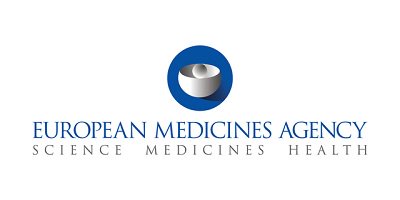EMA offers more clarity on controlling multiple nitrosamines
 APIsChemistry, Manufacturing and Controls (CMC)ComplianceEuropePharmaceuticalsProduct LifecycleQuality Assurance and ControlRegulatory Intelligence/Policy
APIsChemistry, Manufacturing and Controls (CMC)ComplianceEuropePharmaceuticalsProduct LifecycleQuality Assurance and ControlRegulatory Intelligence/Policy APIsChemistry, Manufacturing and Controls (CMC)ComplianceEuropePharmaceuticalsProduct LifecycleQuality Assurance and ControlRegulatory Intelligence/Policy
APIsChemistry, Manufacturing and Controls (CMC)ComplianceEuropePharmaceuticalsProduct LifecycleQuality Assurance and ControlRegulatory Intelligence/Policy